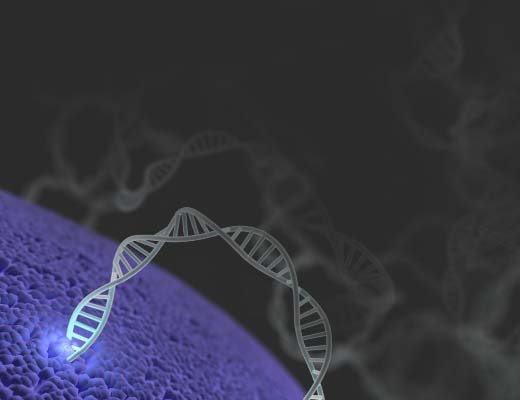Transfection Reagents
We offer a collection of high-quality, dependable transfection reagents for efficiently introducing macromolecules into cultured and primary cells using lipid- and calcium phosphate-based methods.
FuGENE® Transfection Reagents provide proven, highly cited transfection solutions for a wide range of cell culture conditions using simple protocols. FuGENE® 6 Transfection Reagent is ideal for transfection of commonly used cell lines and everyday use. FuGENE® HD Transfection Reagent can deliver nucleic acids into difficult-to-transfect cells, including cancer model cell lines, insect cells, and stem cells. FuGENE® 4K is the most advanced transfection reagent designed for transfection of both challenging and routine mammalian cell lines. FuGENE® SI Transfection Reagent is designed for the delivery of siRNA, miRNA and other small RNA molecules into a wide range of eukaryotic cell lines.
ViaFect™ Transfection Reagent offers high efficiency and low toxicity when transfecting a wide array of cell types including routine, workhorse cell lines and more challenging cell models.
Filter By
Shop all Transfection Reagents
Showing 9 of 9 Products
Transfection Reagent Basics
Transfection is the process of introducing nucleic acids into eukaryotic cells by nonviral methods. Using various chemical or physical methods, this gene transfer method enables the study of gene function and protein expression in a cellular environment. Once introduced to the cell, the gene is expressed either transiently or under selection for long-term stable expression.
Transfection overcomes the inherent challenge of introducing negatively charged molecules (e.g., phosphate backbones of DNA and RNA) into cells with a negatively charged membrane. Chemicals like calcium phosphate and diethylaminoethyl (DEAE)-dextran or cationic lipid-based reagents coat the DNA, neutralizing or even imparting an overall positive charge to the molecule. This process makes it easier for the DNA:transfection reagent complex to cross the membrane, especially for lipids that have a “fusogenic” component, which enhances fusion with the lipid bilayer. Physical methods like microinjection or electroporation simply punch through the membrane and introduce DNA directly into the cytoplasm. However, any transfection reagent will require optimization for each cell type and conditions (e.g., confluency, passage number) in which it is used to ensure efficient gene transfer and expression.



